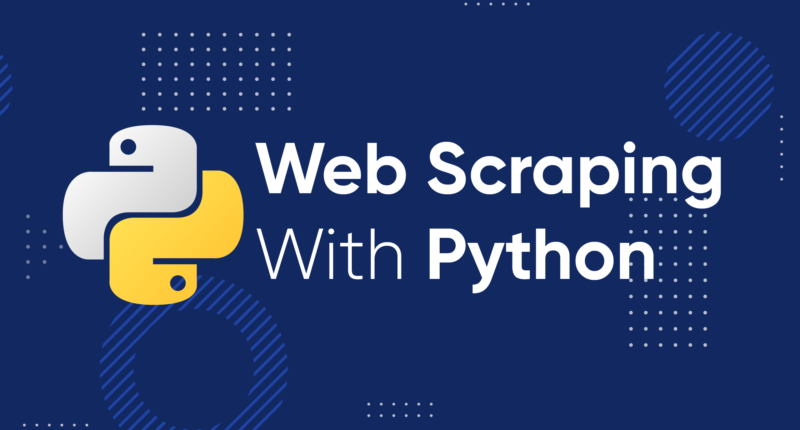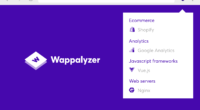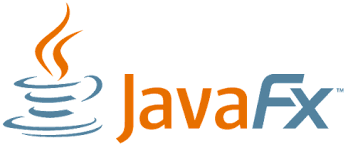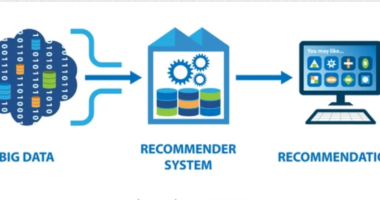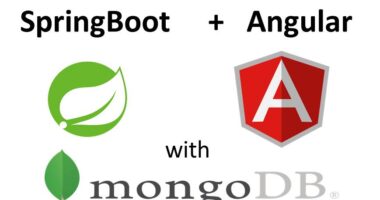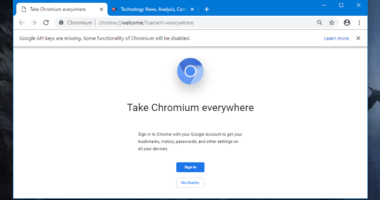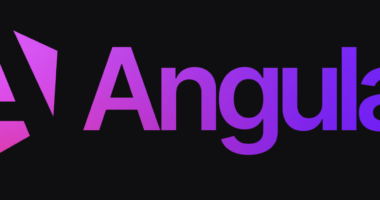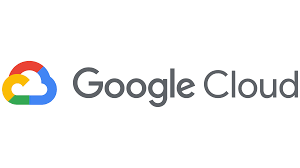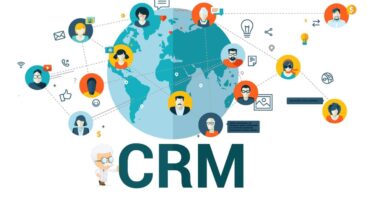In today’s digital landscape, businesses thrive on actionable data. Whether you’re a startup targeting a niche audience or an established brand expanding its reach, effective lead generation is crucial. One innovative approach to gathering leads is web scraping—extracting valuable information from online directories, Google Maps, and other sources. Let’s explore how this works and why it could be a game-changer for your business.
What is Web Scraping for Lead Generation?
Web scraping is the process of using tools and scripts to extract information from websites in an automated fashion. For lead generation, this means pulling contact details, business information, reviews, and other critical data to build a robust prospect database.
Here’s what can be scraped:
- Online directories like Yellow Pages or Yelp for contact numbers, addresses, and descriptions.
- Google Maps for local business details, reviews, and ratings.
- Social Media platforms for direct outreach opportunities.
- Job boards to target businesses seeking specific expertise.
Why Scrape for Leads?
- Cost-Efficient: Instead of purchasing outdated or non-tailored lead lists, scraping delivers real-time, highly targeted data.
- Customization: Focus on industries, demographics, or regions that align with your goals.
- Scalability: Scrape thousands of contacts in a short period to keep pipelines consistently full.
- Competitive Insights: Learn more about competitors’ clientele through public reviews and directories.
How to Approach Web Scraping for Lead Generation
1. Define Your Goals and Sources
Decide the type of businesses you want to target and where to find them. For instance, use:
- Google Maps: Identify businesses in a specific location or industry.
- Industry-specific directories: Scrape databases tailored to niches like healthcare, real estate, or hospitality.
2. Leverage Scraping Tools
Specialized tools can help you automate the process without technical expertise:
- Out-of-the-box solutions: Tools like Octoparse, Scrapy, or ParseHub allow customization and scaling.
- Custom scripts: For advanced requirements, writing Python-based scrapers (using libraries like Beautiful Soup or Selenium) may be necessary.
3. Ensure Compliance with Laws
Respect web scraping regulations and terms of service (ToS). The legal landscape varies across regions, with laws like GDPR in the EU protecting personal data. Scraping business data, especially publicly available information, is often acceptable, but be cautious and ethical.
4. Organize and Refine Your Data
Scraped data may be messy or incomplete. Use tools like pandas (Python), Excel, or specialized CRM software to:
- Remove duplicates
- Correct formatting
- Validate accuracy
5. Outreach and Automation
Once your lead list is polished, it’s time for action. Use CRM platforms like HubSpot or outreach tools like Lemlist for tailored email campaigns, calls, or social media engagement.
Tips for Success in Scraping
- Focus on Quality Over Quantity: Build meaningful connections rather than bloated databases of disinterested prospects.
- Avoid Red Flags: Over-aggressive scraping can trigger IP blocks. Use techniques like proxy servers or rotating IP addresses.
- Update Regularly: Ensure your leads remain valid by periodically refreshing the scraped data.
Using Beautiful Soup with Python to Scrape Directories and Maps
Web scraping is a powerful technique for gathering data from websites, and Python’s Beautiful Soup library makes this process easier and more efficient. Whether you’re looking to extract business listings from directories or gather local information from map services, Beautiful Soup can be a versatile tool in your data acquisition toolkit. We’ll explore how to get started with Beautiful Soup and some practical examples.
What is Beautiful Soup?
Beautiful Soup is a Python library designed for parsing HTML and XML documents. It creates a parse tree from the page source code, enabling easy navigation and data extraction. Combined with libraries like requests or httpx for sending HTTP requests, Beautiful Soup is ideal for web scraping projects.
Getting Started with Beautiful Soup
Before you begin, ensure you have Python installed. Install the required libraries by running:
pip install beautifulsoup4 requests
Basic Workflow
- Send an HTTP Request: Use the
requestslibrary to fetch the HTML content of the web page. - Parse the HTML: Pass the content to Beautiful Soup to create a parse tree.
- Locate the Data: Use methods like
findorfind_allto locate specific elements in the HTML. - Extract the Data: Extract the desired information and save it for further use.
Scraping Directories with Beautiful Soup
Let’s scrape a hypothetical directory site for business information.
Example: Extracting Business Listings
Here’s a script to extract business names, addresses, and phone numbers:
import requests
from bs4 import BeautifulSoup
# URL of the directory to scrape
url = "https://example.com/directory"
# Fetch the webpage
response = requests.get(url)
# Check the response
if response.status_code == 200:
# Parse the HTML content
soup = BeautifulSoup(response.text, 'html.parser')
# Find business listings
businesses = soup.find_all('div', class_='business-listing')
# Loop through each business listing
for business in businesses:
name = business.find('h2').text.strip() # Extract business name
address = business.find('p', class_='address').text.strip() # Extract address
phone = business.find('span', class_='phone').text.strip() # Extract phone number
print(f"Name: {name}\nAddress: {address}\nPhone: {phone}\n")
else:
print(f"Failed to fetch the webpage. Status code: {response.status_code}")
Key Points
- Target HTML Structure: Use your browser’s developer tools to inspect the structure of the webpage and identify the relevant tags and classes.
- Error Handling: Include error handling to manage missing elements or connection issues.
Scraping Google Maps Data
While scraping Google Maps directly is discouraged due to terms of service, you can use the Places API for a compliant and structured approach. For learning purposes, here’s how you might extract basic data from a web-based map interface:
Example: Extracting Location Data
import requests
from bs4 import BeautifulSoup
# URL of the map page
url = "https://example.com/map"
# Fetch the webpage
response = requests.get(url)
if response.status_code == 200:
soup = BeautifulSoup(response.text, 'html.parser')
# Locate map data (example: markers within a specific class)
markers = soup.find_all('div', class_='map-marker')
for marker in markers:
name = marker.get('data-name') # Extract name from a data attribute
lat = marker.get('data-lat') # Extract latitude
lng = marker.get('data-lng') # Extract longitude
print(f"Location: {name}, Latitude: {lat}, Longitude: {lng}")
else:
print(f"Failed to fetch the webpage. Status code: {response.status_code}")
Tools for Advanced Scraping
- Dynamic Content: For sites with JavaScript-rendered content, consider using tools like Selenium or Playwright to interact with the page and extract data.
- API Usage: Use official APIs like the Google Places API to fetch structured and reliable data instead of scraping web pages.
Ethical Considerations
- Compliance: Check the terms of service of any platform you intend to scrape.
- Transparency: Clearly disclose how you acquired the data if you use it for outreach.
- Rate Limiting: Avoid sending too many requests in a short time to prevent overloading servers or triggering bans.
Final Thoughts
Beautiful Soup is an incredibly flexible tool for web scraping projects. By mastering its capabilities and following ethical practices, you can efficiently gather data for various use cases, from building lead lists to analyzing trends. Just remember to balance technical ambition with responsible data use.
